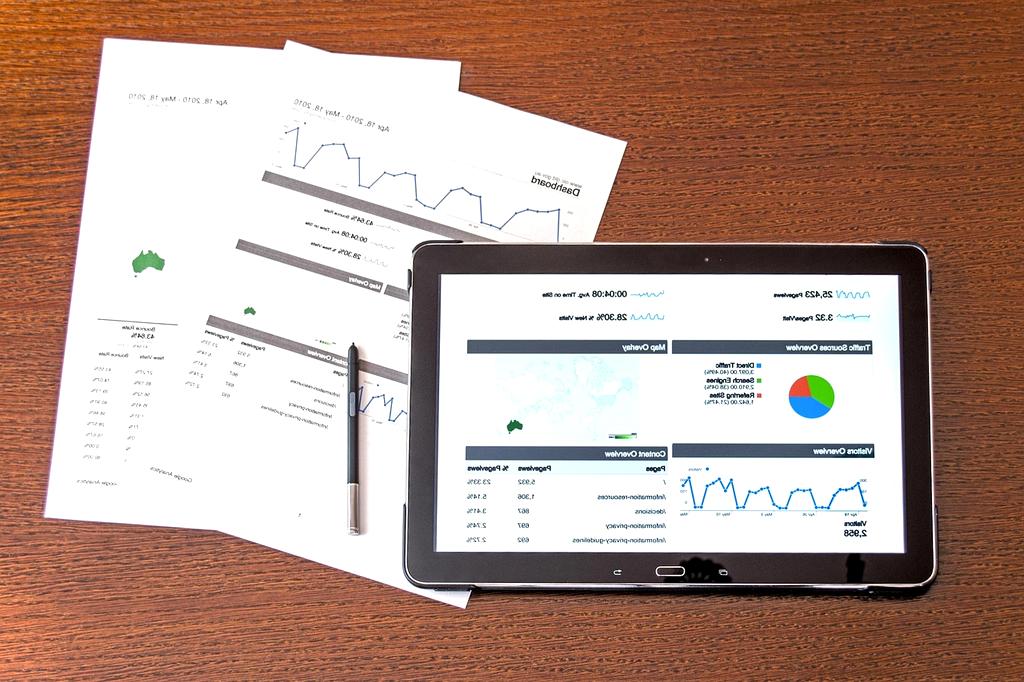Stay ahead of the curve with our in-depth analysis of emerging technologies and their potential impact on society and business.
Read Featured StoryAttenuation refers to the reduction in strength of any signal—digital or analog—as it travels over a distance. Also known as loss, attenuation is a natural result of signal transmission, especially over long distances.

Attenuation plays a key role in telecommunications and ultrasound, as well as in network applications, where determining signal strength over distance is essential. Reducing attenuation is especially critical in microwave, wireless, and optical communication systems. If attenuation is too high, receivers may not get enough power to accurately recover the transmitted information.

For cables, including both conventional and fiber optic types, attenuation is measured in decibels (dB) per unit of distance (such as per foot or kilometer). Lower attenuation properties indicate a more efficient cable.
In computer networking, attenuation is the loss of signal strength—measured in decibels—that occurs as data travels through a network. As attenuation increases, transmissions such as calls or emails may become distorted or unreliable.
Key causes of attenuation in networks include:
On Digital Subscriber Line (DSL) networks, line attenuation measures signal loss between a provider's access point and the user's equipment. Values between 5 dB and 50 dB are typical, and lower values indicate stronger signals. In Wi-Fi, dynamic rate scaling allows devices to maintain connections over longer distances by automatically adjusting the maximum data rate based on transmission quality, trading off speed for range as needed.

Attenuation is commonly measured in decibels (dB) but can also be expressed using voltage values.
Formula for attenuation in decibels (power):
Ap = 10 log10(Ps / Pd)
where Ps is the signal power at the source, and Pd is the signal power at the destination.
Formula for attenuation in decibels (voltage):
Av = 20 log10(Vs / Vd)
where Vs is the source voltage and Vd is the destination voltage.
Amplification is one method used to increase signal strength and reduce attenuation. Amplifiers electrically boost the signal, often with additional logic for noise reduction to avoid data corruption. Network repeaters use built-in amplifiers to strengthen signals over long cables—enabling communication beyond normal distance limits. Repeaters work by receiving an incoming signal, processing it through an amplifier, and transmitting the strengthened signal onward. Additionally, using directional antennas or upgrading antenna hardware can also help minimize attenuation.
The concept of attenuation extends beyond networking. In audio engineering, attenuation is used to control volume levels when mixing sounds. In medical imaging, especially radiology, attenuation describes how different tissues modulate X-ray signal strength in an image. In brewing, attenuation refers to converting sugars into alcohol and CO₂ via fermentation; the more complete the process, the drier and more alcoholic the resulting beverage.
Lorem ipsum dolor sit amet, consectetur adipiscing elit. Sed sit amet massa id leo facilisis posuere. (Replace with actual news content when available.)
Our dedicated team ensures you get the latest tech news as it happens, with real-time updates and breaking stories.
Beyond the headlines, we provide thoughtful analysis and expert opinions on how tech developments impact businesses and society.
Stay ahead of the curve with our insights into emerging technologies and predictions about where the tech world is heading.
We are a dedicated team of tech enthusiasts committed to bringing you the most relevant and insightful coverage of the fast-evolving technology landscape.
Our mission is to demystify complex technological concepts and provide our readers with clear, accurate, and timely information about the innovations shaping our digital future.
With contributors from various tech backgrounds and specializations, we offer diverse perspectives and expert analysis that you can trust.


How artificial intelligence continues to transform industries and daily life through innovative applications.

The shift from cloud to edge computing and what it means for response times and data processing.

Green innovations that are helping technology companies reduce their environmental impact.